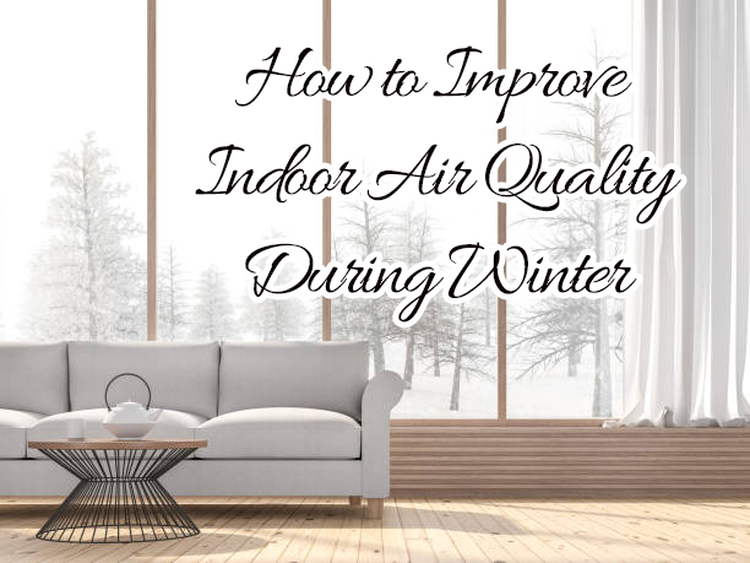
While the weather outside may be cold enough to freeze your nose hairs, not to mention creating slippery, hazardous road conditions, that air in your home might be worse than that frightful chill. That is because indoor air quality tends to go way down in the winter thanks to everything that has been done to keep the cold out and utility costs down, like high-efficiency doors and windows.
According to the Environmental Protection Agency (EPA), studies of human exposure to air pollutants have indicated that indoor levels of pollutants can be two to five times, and in some cases over 100 times, higher than outdoor levels. That is a big concern with people typically spending 90 percent of their time indoors. If you purchased one of the Calgary homes for sale, it might be less of a concern than other cities simply because the air tends to be cleaner there as compared to most, but you are still breathing in more recirculated air rather than fresh. Moreover, that air carries not only pollutants, but also dust, mold spores, and pollen, all of which are continuously cycling throughout your home during the winter.
While being sealed up tight inside will keep you warmer, that stale indoor air combined with heating systems increases the mold spores circulating through the home, along with allergy-inducing pet dander and dust mites. Of course, it’s probably too cold to open up the windows and let the fresh air in, but while you wait for the weather to warm again, there are a few things you can do to help improve air quality.
Get an Air Purifier
An air purifier helps to remove pollutants in your home, with HEPA filters that are known to clean and purify the air by trapping particles that a vacuum would simply recirculate right back into the air. In fact, HEPA filters can remove approximately 99.9% of dust particles and common impurities from the air like dust mites, pollen, pet dander, and mold, among others.
Clean Regularly
A clean house is a healthier house as it will help limit dust and dander. It’s important to frequently clean bedding and other items that attract allergens, washing them in water that’s at least 130° F. It’s also a good idea to use mite-proof covers on mattresses, box springs, and pillows. Be sure to keep your home as free of clutter as possible, too, as it tends to trap and hold dust. If you have carpets or area rugs, vacuum them at least a couple of times each week using a vacuum cleaner with a HEPA filter. Getting rid of wall-to-wall carpeting and installing hard-surface flooring can also cut down pollutants in the home.
Limit Chemical Pollutants
You probably won’t be able to eliminate all chemical pollutants as modern homes are filled with them, from cleaning supplies to carpets and paint. However, you can limit the amount in your home by reading product labels and researching healthier alternatives. There are many natural ingredients that can be used for cleaning instead of typical chemical-filled household cleaners, like lemon, baking soda, and white vinegar. When painting, choose low- or no-VOC paints and look for furniture and textiles with materials that contain no or few known pollutants such as formaldehyde.
Let Some Fresh Air In
Even when it’s cold out, you should occasionally open the windows to let fresh air in. If it gets too chilly, just bundle up for a bit, a much better option than continuously breathing stale air.
Leave a Reply